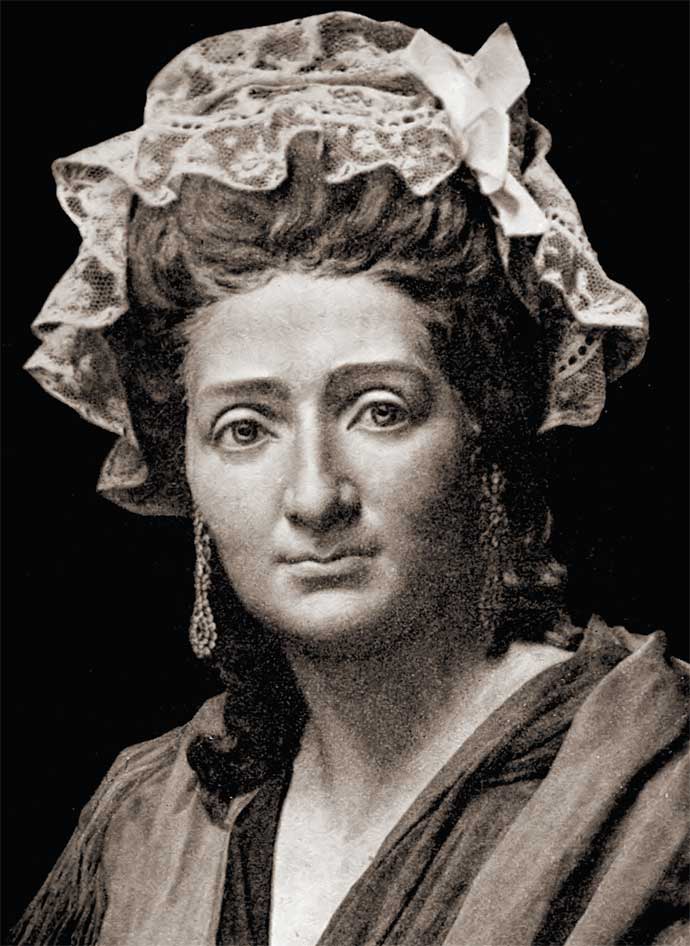The origins and
history of Madame Tussaud's are as fascinating as the wax portrait figures.
Marie Grosholtz (later to become Madame Tussaud) was born in Strasbourg in
1761, two months after her father, a soldier, was killed in the Seven Years'
War. Marie's mother took a job as a housekeeper for Philippe Curtius, a doctor
who was skilled at modelling wax to create anatomical figures.
In 1767, Marie
and her mother moved with Dr Curtius to Paris where he opened his first public
exhibition of wax figures. He taught Marie the techniques of wax sculpting from
an early age, and she became so proficient in it that she was soon making
figures of many of the prominent people of the era such as the writer Francois
Voltaire and the U.S. statesman Benjamin Franklin (both on display today). It
wasn't long before Marie's skills came to the attention of Louis XVI's sister,
Madame Elizabeth, and Marie was invited to live at the splendid palace at
Versailles to help in Madame Elizabeth's artistic education. Marie spent nine
years at court and whilst there she created figures of Louis XVI and his
family.
However, in 1789
Dr Curtius asked Marie to return to Paris. At that time the French Revolution
erupted and Marie was soon asked to make death masks of some of the prominent
figures who were executed. She herself was imprisoned in 1794 by the
revolutionaries. It must have been a terrible time for Marie, who at one stage
had her hair cropped in preparation for the guillotine. Fortunately, she escaped the terrible fate and was eventually
released. Marie had the terrifying task of searching through piles of bodies to
recover heads of people she knew well. She even made a death mask of one of the
leading revolutionaries, Robespierre. In 1794, near the end of the
revolutionary period, Curtius died and Marie inherited the exhibition.
She married a
French engineer called Francois Tussaud and by 1800 had given birth to three
children - a daughter, who died, and two sons, Joseph and Francis. Since the
exhibition was struggling in the economic decline following the revolution,
Marie decided to take her show to England in 1802, leaving behind her husband
and youngest son. Marie and Joseph made a great success of their travelling
show. They showed British characters such as King George IV as well as the
death mask of Emperor Napoleon.
Then, in 1835 at
the age of 74, Marie decided to settle the exhibition permanently at the Baker
Street Bazaar, not far from the present site. Initially the Chamber of Horrors was called "The Separate Room" as
it was thought too alarming for ladies of disposition. People had to pay extra
to be allowed to visit it. No doubt it added to its mystery. It was only in
1846 that it got the fitting title of "The Chamber of Horrors".
Marie continued
to work at her exhibition until her death in 1850, at the age of 89. Yet the
spirit of Marie continues to live on, not least in the form of the last figure
she made of herself, eight years before her death.
Over the years
there have been several disasters which the exhibition has managed to survive.
The first was a fire in 1925 caused by an electrical fault in which many of the
wax portrait figures were lost as well as important relics. Disaster fell a
second time during the bombing in World War II. In 1940, on the first night of
the Blitz, 352 head moulds were damaged beyond repair and the adjoining cinema
was destroyed. Ironically, Hitler's figure remained undamaged!
Since then The
Madame Tussaud's has continued to develop its attractions. Today the most
recently developed attractions are "The Spirit of London" time travel
ride, spanning the history of the country's capital city from the Elizabethan
age to the present day, and the new Chamber of Horrors, more spine-chilling
than ever.
I. Explain the meaning of the words in italics
(in English!).
II. In the
text
find
English equivalents to the given Russian expressions.
истоки, начало чего-то;
восковая фигура;
лепка из воска (2);
искусный, умелый;
выдающиеся люди;
роскошный дворец;
заключать в тюрьму;
судьба, доля;
унаследовать;
переживать экономический упадок;
достичь успеха;
платить дополнительные деньги;
несчастье, бедствие.

Комментариев нет:
Отправить комментарий